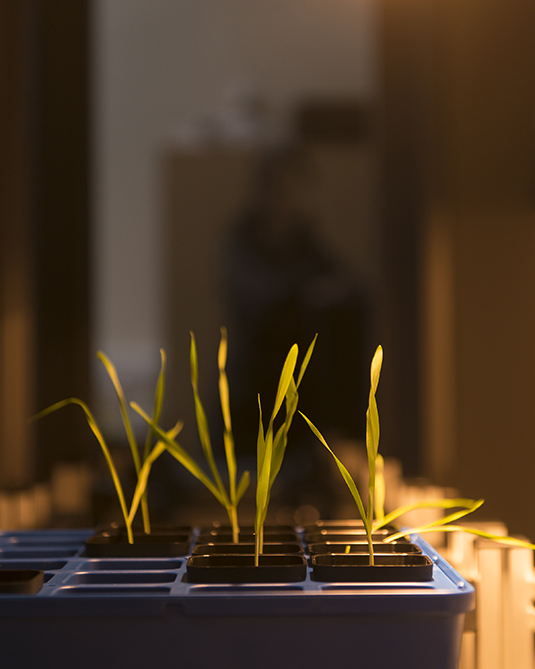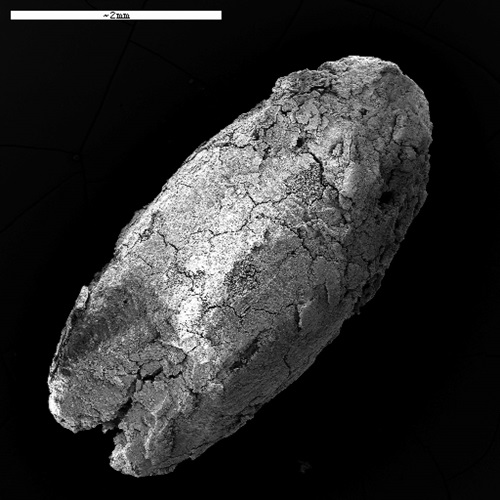About the project

Ireland has a deep and rich history of farming. Scientific evidence from archaeological excavations indicates that Ireland’s first farmers began cultivating crops almost 6000 years ago. Although ancient Irish farmers cultivated a wide range of crop species and varieties, nowadays farming is focused on a narrow variety of crops. This has resulted in some crops being underutilised, despite their great potential in terms of being nutrient-dense, suited to European climates and environments, and viable for sustainable production in Ireland.
This loss of crop diversity can be seen in many other parts of the world. Globally, the UN Food and Agriculture Organisation estimates that 75% of crop diversity has been lost between 1900 and 2000. Such loss of biodiversity has serious implications for food security in the context of climate change and environmental degradation. Urgent action is required to diversify our crops and broaden genetic diversity. CROPREVIVE aims to tackle this issue by using Ireland as a case-study to tackle broader global challenges.
Focusing on three underutilised crops – rye, emmer wheat and peas – CROPREVIVE is aligning findings on ancient practices from archaeology with current data from plant sciences to seek resilient crops adapted to sustainable practices.
 Archaeologists often recover the tiny, fragmentary remains of crops from archaeological excavations, including cereal grains and the seeds of other plants. This material survives because it was burnt long ago, which can enable its preservation for thousands of years. Recovery of these plant remains enables archaeologists to build up a picture of what people ate at different times and in different social contexts. Detailed information on modern farming practices is available from a variety of organisations - including the Department of Agriculture, Food and the Marine, Teagasc and the Central Statistics Office - providing insights into the location (by county) and scale of production. By merging these two datasets, the CROPREVIVE project can identify hotspots for production through time and potential future locations for a revival of production.
Archaeologists often recover the tiny, fragmentary remains of crops from archaeological excavations, including cereal grains and the seeds of other plants. This material survives because it was burnt long ago, which can enable its preservation for thousands of years. Recovery of these plant remains enables archaeologists to build up a picture of what people ate at different times and in different social contexts. Detailed information on modern farming practices is available from a variety of organisations - including the Department of Agriculture, Food and the Marine, Teagasc and the Central Statistics Office - providing insights into the location (by county) and scale of production. By merging these two datasets, the CROPREVIVE project can identify hotspots for production through time and potential future locations for a revival of production.
The project is also exploring environmental, economic and cultural barriers to increased production in a modern context. This involves extensive consultation with diverse Irish stakeholders, including farmers, food processors, farming advisors and regulators.
By merging data from archaeological science and modern plant sciences, the Croprevive project is mapping where and in what circumstances these crops were successfully grown and continue to be grown, and where they have disappeared. This is intended to help farmers learn what was grown in their area beyond community memory, enable farmers to foster a reconnection with these ‘lost’ crops and encourage more sustainable farming practices into the future.
The project is funded by the Irish Research Council COALESCE Scheme (2022–2024; Strand 2A; Project ID: COALESCE/2022/1647).
